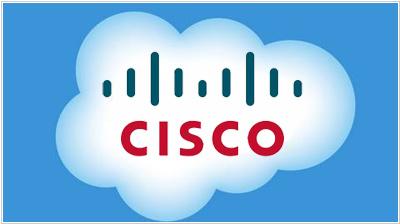
So following up on our ICND1 post – here is the ICND2 topics we now need to know. By the way – all this stuff is called Version 3 of ICND1 and ICND2. Remember now, I know this formatting looks ugly, but that is intentional (really!) because I want you to be able to easily copy and paste this into your study tracker!
1.0 LAN Switching Technologies (26% of your exam questions will come from this section)
1.1 Configure, verify, and troubleshoot VLANs (normal/extended range) spanning multiple switches
1.1.a Access ports (data and voice)
1.1.b Default VLAN
1.2 Configure, verify, and troubleshoot interswitch connectivity
1.2.a Add and remove VLANs on a trunk
1.2.b DTP and VTP (v1&v2)
1.3 Configure, verify, and troubleshoot STP protocols
1.3.a STP mode (PVST+ and RPVST+)
1.3.b STP root bridge selection
1.4 Configure, verify, and troubleshoot STP-related optional features
1.4.a PortFast
1.4.b BPDU guard
1.5 Configure, verify, and troubleshoot (Layer 2/Layer 3) EtherChannel
1.5.a Static
1.5.b PAGP
1.5.c LACP
1.6 Describe the benefits of switch stacking and chassis aggregation
1.7 Describe common access layer threat mitigation techniques
1.7.a 802.1x
1.7.b DHCP snooping
1.7.c Nondefault native VLAN
